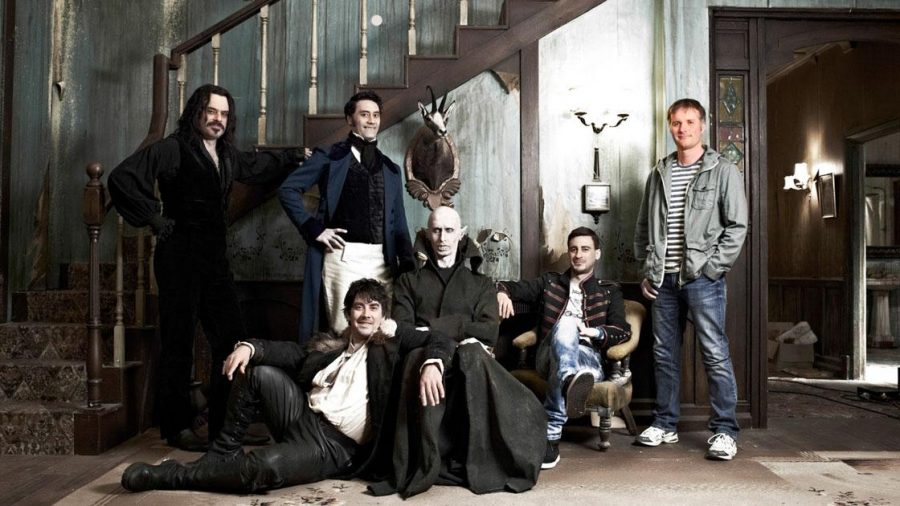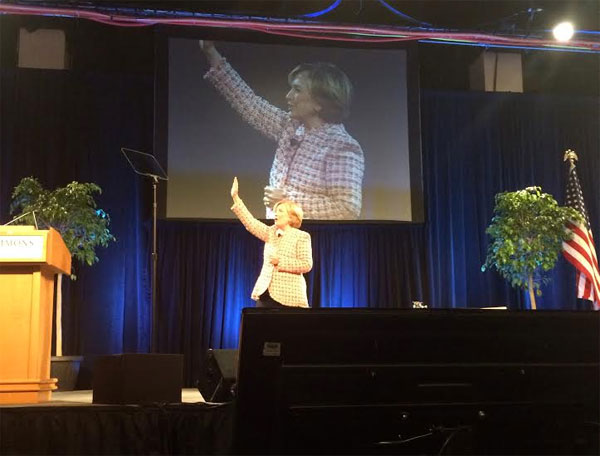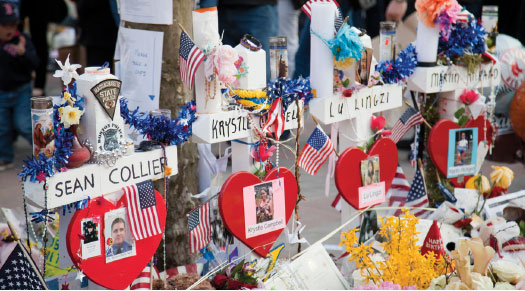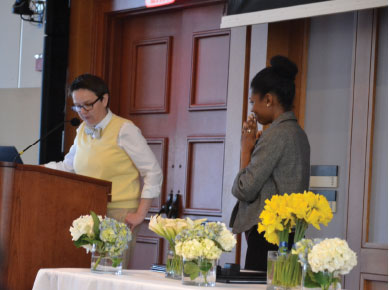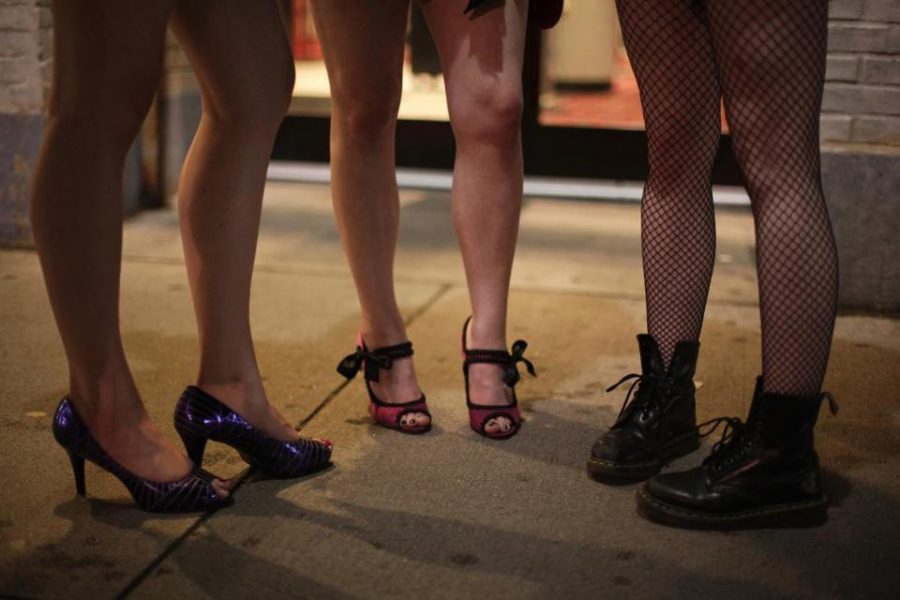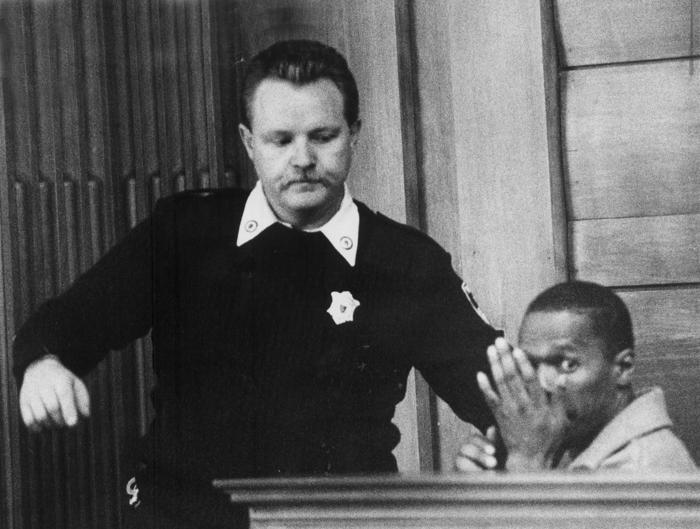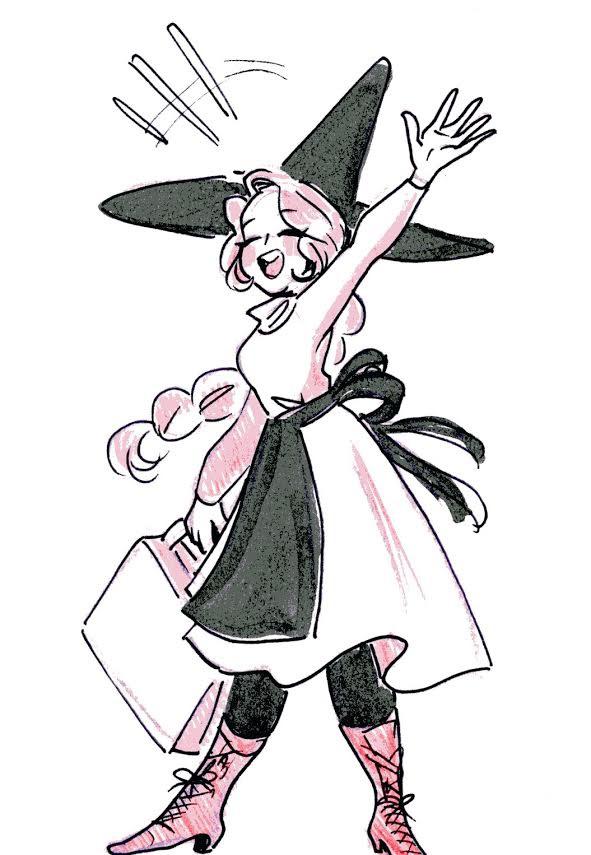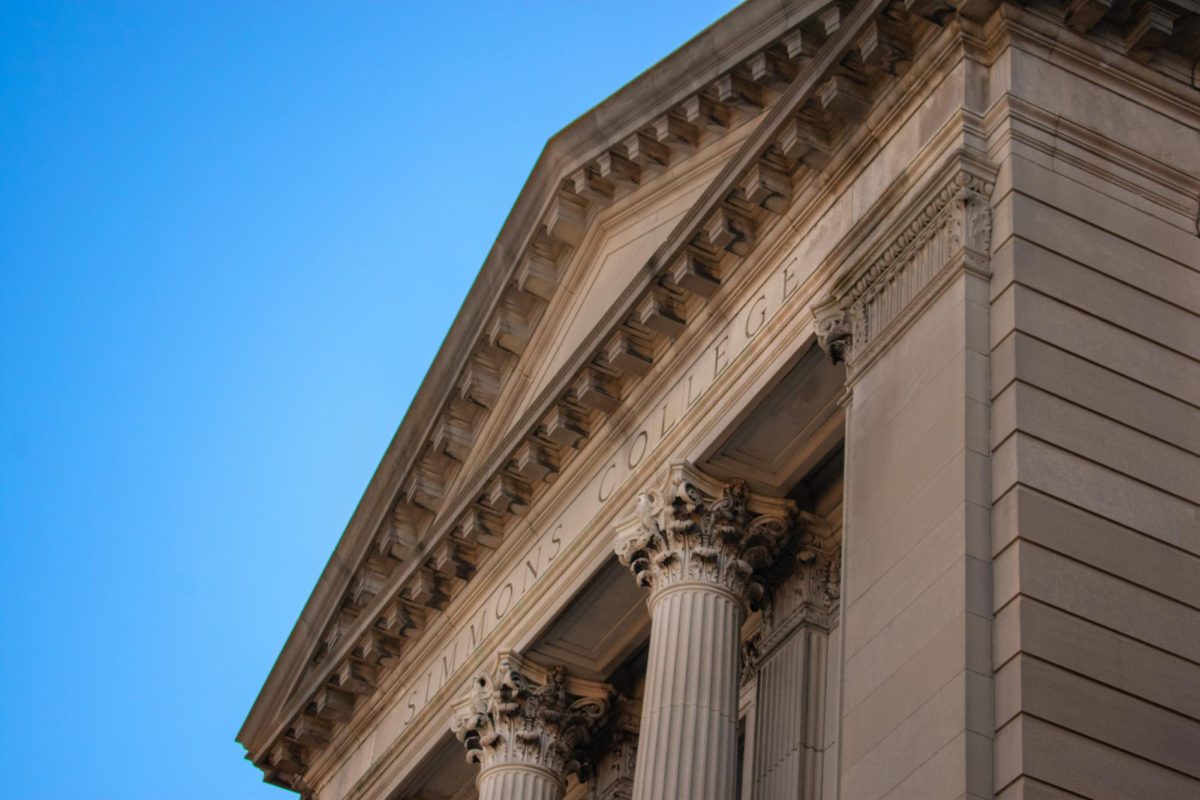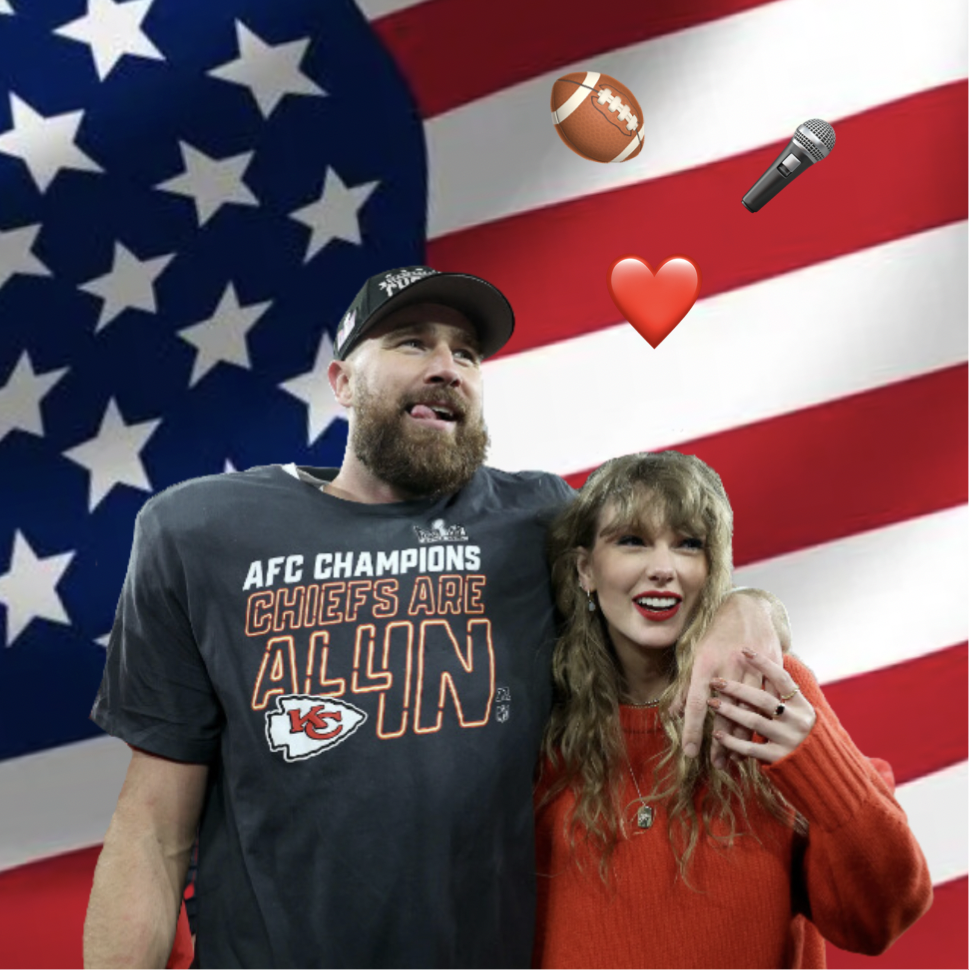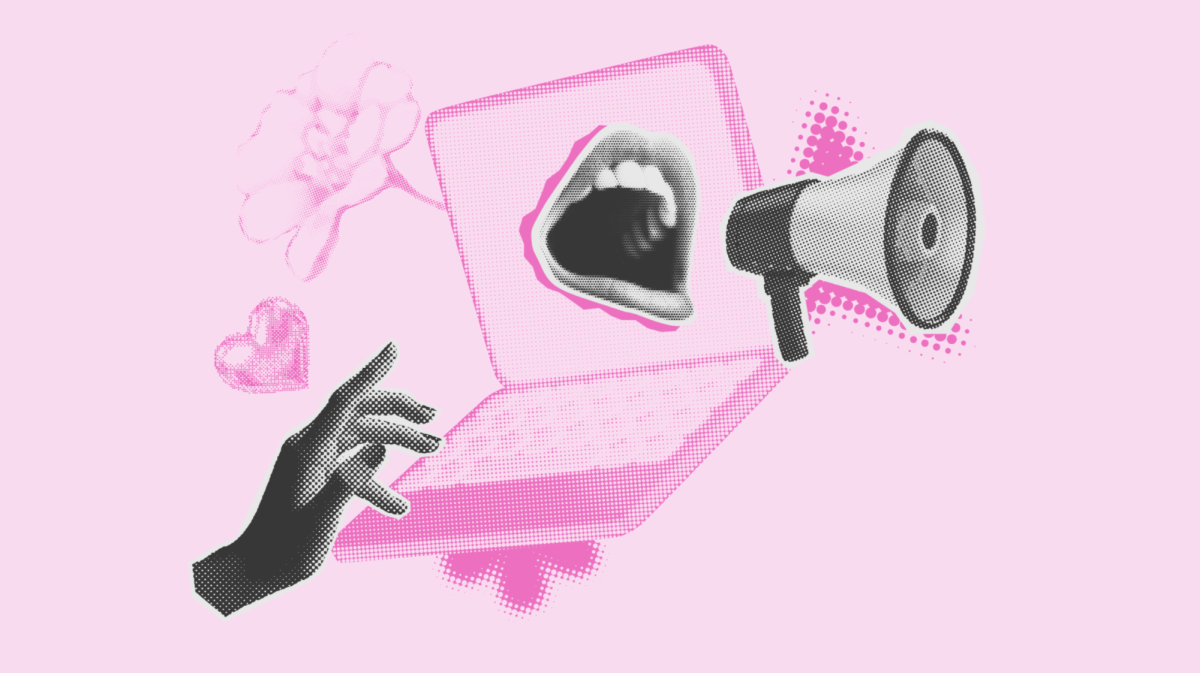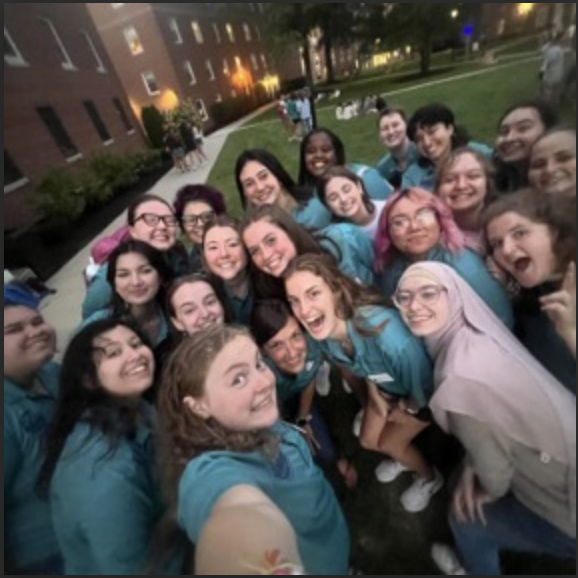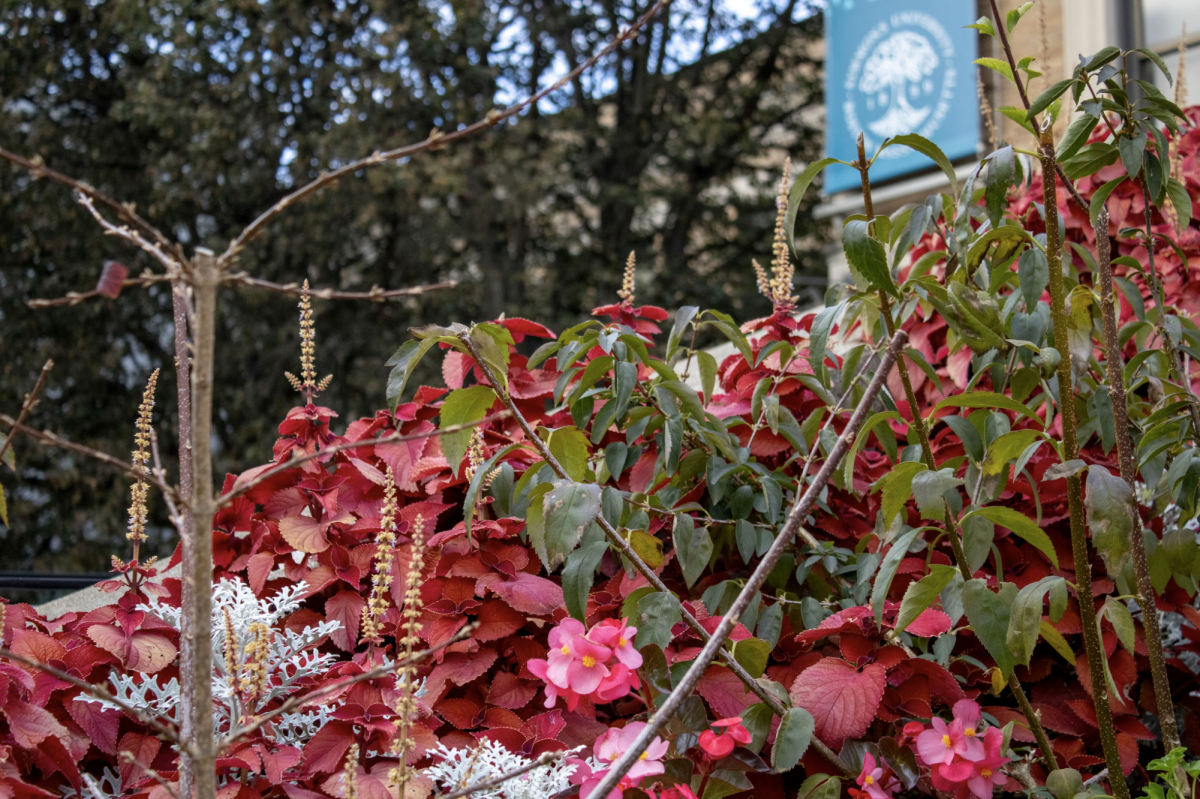By Lauren Lane
Staff Writer
Speaking as an athlete, sometimes it seems as if no one on campus knows that we even have an athletics program. I see plenty of non-athletes at the gym working out, but almost never see any at athletic games.
Here at Simmons College we have ten great athletic teams, all hosting home games, races, meets, regattas, and matches frequently throughout the year, including hosting conference championships. Sports include soccer, volleyball, crew, field hockey, cross country, tennis, swimming and diving, lacrosse, softball, and basketball, cumulatively hosting an approximate total of 70 regular season home events throughout the year.
As a non-athlete you might be reading this asking different questions: “What do athletics even do for a college,” and “why should I support the athletic teams if they don’t support me.” I’m going to inform anyone reading on the answers to each of those questions.
In answering “what do athletics do for a college,” right off the bat, athletics have always been known for creating and molding the leaders of tomorrow. Athletes are raised playing a game that is based on the premise of integrity, team work, trust, communication, hard work, and discipline, which are all traits of the most important leaders we all look up to.
Having something that takes up about as much of your life as a full-time job teaches you time management, balance, and how to handle becoming well-rounded.
Teams practice either in the early morning hours of 5:45, or in the afternoon after classes have gotten out. Practices are typically two hours long, and can occur a minimum of six times a week, with a maximum of 12 times a week with lifting sessions and extra required cardio. Games and regattas can last from two hours to all day events during the week or on the weekend, as well as time taken to travel and warm up.
On top of the regular game and practices, there are meetings with coaches, teammates, study hall hours, team required activities, and fundraising.
Having large time constraints forces athletes to find time in between practices and classes to get all of their school work completed. And trust me, they do.
Last year eight members of the Simmons crew team were named to the New England Women’s and Men’s Athletic Conference 2013 Women’s Rowing Academic All-Conference Team, ten Simmons Field Hockey student-athletes were named to the 2012 Gladiator by SGI / NFHCA Division III National Academic Squad, Simmons Lacrosse was one of 86 schools to earn Division III Academic Squad honors for 2013 season, one Simmons soccer member was named to the 2012 Capital One Academic All-District Division III Women’s Soccer Team, nine members of the Simmons Softball team were named 2012-2013 National Fastpitch Coaches Association All-America Scholar Athletes, and Simmons Tennis received 2013 Intercollegiate Tennis Association All-Academic Team honors.
Athletics also brings revenue to the college, in the form of 50/50 raffles, athletic facilites being rented out, or by alumnae donations who participated when they were at Simmons and are looking for a way to further the athletics program. A strong example of this can be found on the crew team.
Each boat costs between $2,500 to $35,000 and while the rowing program is funded by a generous athletics program here at Simmons, there is only so much that a program is going to be able to allocate to a team. To help out, boats have been paid for by past athletes. The Diane Cotting is a 4+ boat that the Simmons crew team uses quite frequently that was funded by an alum, Diane Cotting. Without her donation the crew team would have one less boat for their fleet and might not have progressed as much over the years.
Finally the answer to how athletics help the college lies in admissions. I can say from my own personal experience that as a team has a great or even championship winning season, admission applications raise because of the number of incoming freshman who want to be on a winning team.
An example can be seen at Butler University post-March Madness. When Butler was beaten out by Duke University for the National Championship title a few years ago, Butler’s popularity skyrocketed, and the admission applications were rolling in even more than normally.
Some people might argue, asking if a school really wants all of the extra applicants, but why would you not want to choose from a bigger pool of people and have the chance to be even more selective?
While winning a championship on the DIII level will not attract as many applicants as winning a D1 basketball title, it still raises the amount that the school’s name is in the paper, increasing the amount of applicants and the chance for a more intelligent, and a class more poised to help bring Simmons to it’s highest point.
To the point, “Why should I support athletics if they don’t support me?” all I have to say is that we already do, you just might not realize it.
Student-athletes are more than just athletes, and are involved in much more than simply athletics. If I think about the amount of organizations some of the athletes are on, I believe it would span to almost every single group or organization on campus. PRSSA, AAF, CAB, SGA, Active Minds, Res Life, Class Councils, Hall Councils, Strong Women Strong Girls, Relay For Life, Simmons Hillel, Vision 20/20, America Learns, Public Health Liason, and, of course, the Simmons Voice.
Within our teams we promote events for our organizations and clubs on campus through emails, word of mouth, and Facebook posts. Athletes have also partnered with other on campus organizations for events and promotions.
Last year PRSSA reached out to the athletics department and partnered with a team to raise awareness of jeans they were collecting to donate that were in turn going to be used to create the insulation of future houses. Combining with such a big community helped boost the amount of awareness and denim that was collected overall.
SAAC is the Student Athlete Advisory Committee, and it is a Student-Athlete organization created to help advance the athletics program and all of the teams on campus. SAAC has a sophomore, junior, and senior representative from each of the ten sports teams and meets about every other week. Topics at meetings include how to increase home game attendance, fundraising for SAAC, philanthropy work SAAC and athletics can do, and ways to increase inter-team collaboration.
Last year, Division III partnered with the Special Olympics, and at Simmons we decided to do as much as we could to help them as well. Simmons SAAC sponsored our own branch of the “End the R-Word” campaign to end the use of the word retarded. Pins and stickers were given out, a bake sale was held in the Special Olympics honor, and a banner was hung for the entire Simmons community to sign pledging to stop using the R-word.
SAAC and the athletics team frequently visit the Boys and Girls club in Dorchester, as well as Rosie’s Place to volunteer their time and become more active in giving back to the community. As well, SAAC sponsored their own donation page for last year’s Breast Cancer walk and raised over $1,000 to donate, on top of hosting an annual dodgeball game where the procedes go to breast cancer research and awareness.
As Simmons College students, we all decided to become part of a close-knit community when we finalized our acceptance. You might not agree. However, because of our size, we rely upon one another more than you ever possibly could at a large multiple thousand student body university.
As Publilius Syrus says, “Where there is unity, there is always victory.” If we all come together as a comunity at Simmons and support one another to the fullest extent, then we will all win and all thrive as a community.
So next time you hear about the basketball team’s opening game, or the swimming and diving team participating in GNAC championships here on campus, or the crew team participating in the Head of the Charles, go check it out. I promise you, as athletes, if you give us an opportunity, we won’t let you down.



